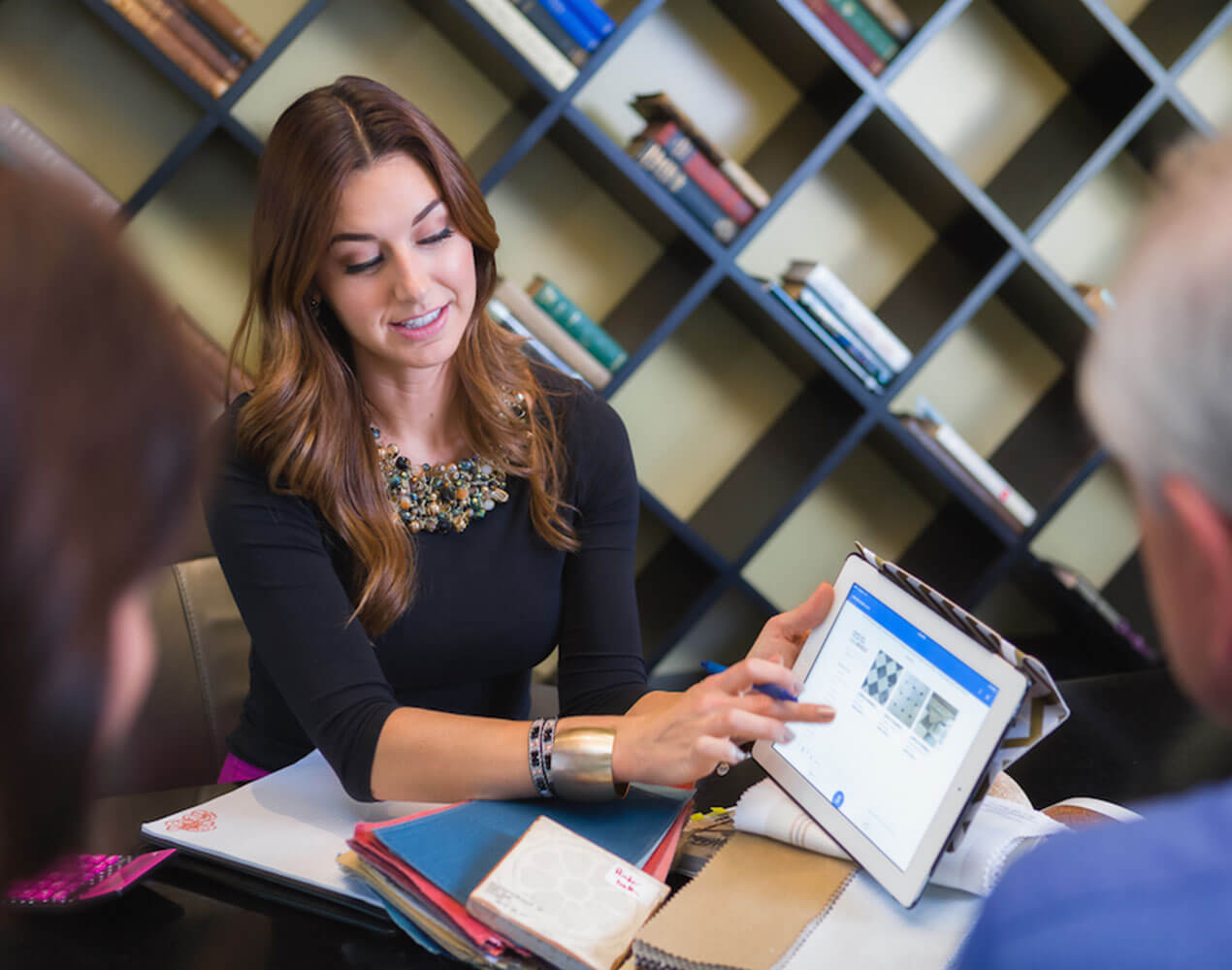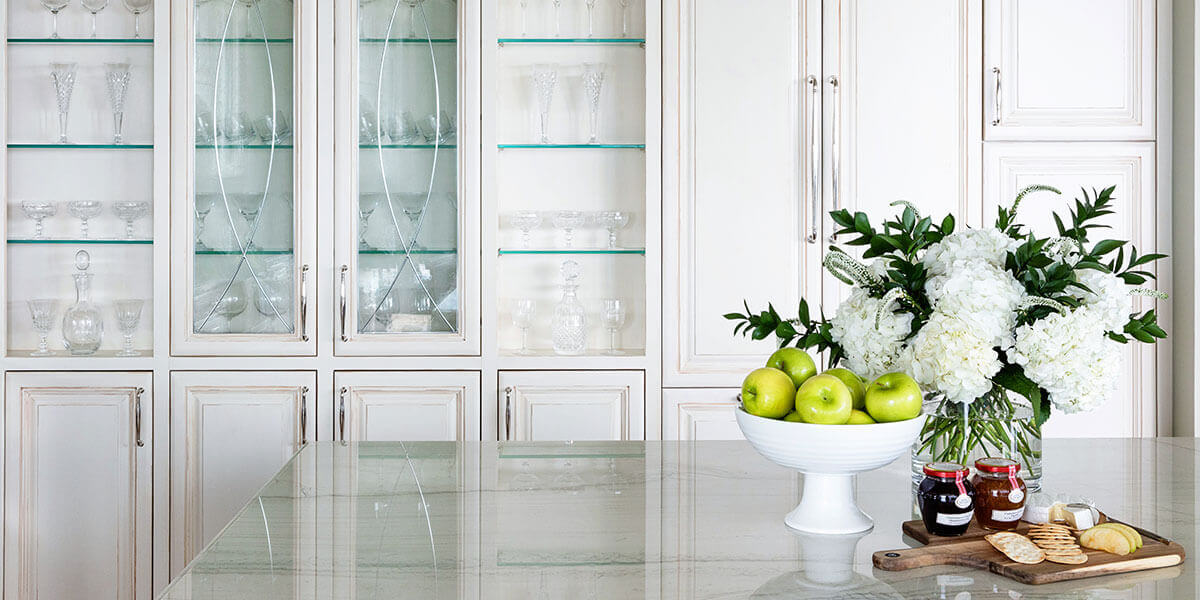
Interior Design Genres & Styles
Deciphering interior design styles can be a daunting task, especially when you’re attempting to define where your own aesthetic lies. Each category is defined by several characteristics that we all (mostly) agree on. That’s the tricky part about defining design styles, like other art forms, they can be interpreted differently from person to person.
While there are some great trends that come and go, there are several styles that stand the test of time. Here we will cover five of them.
Modern
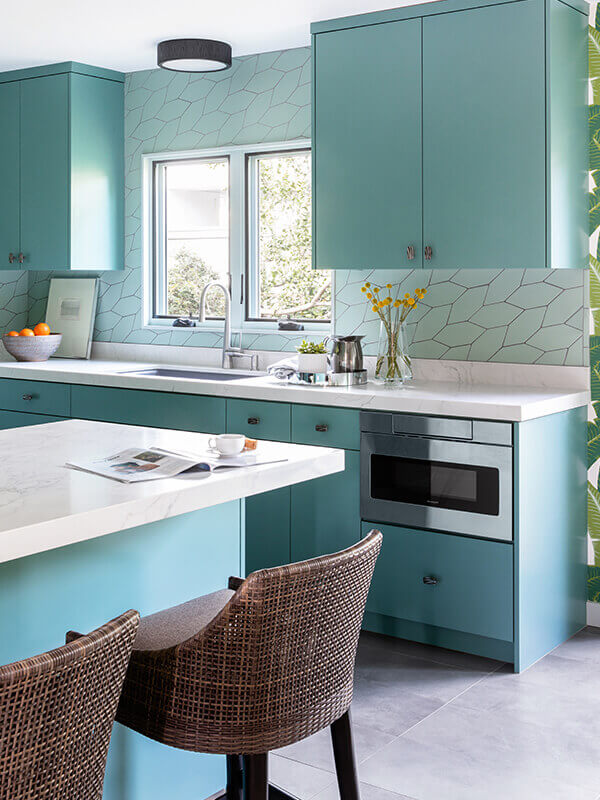
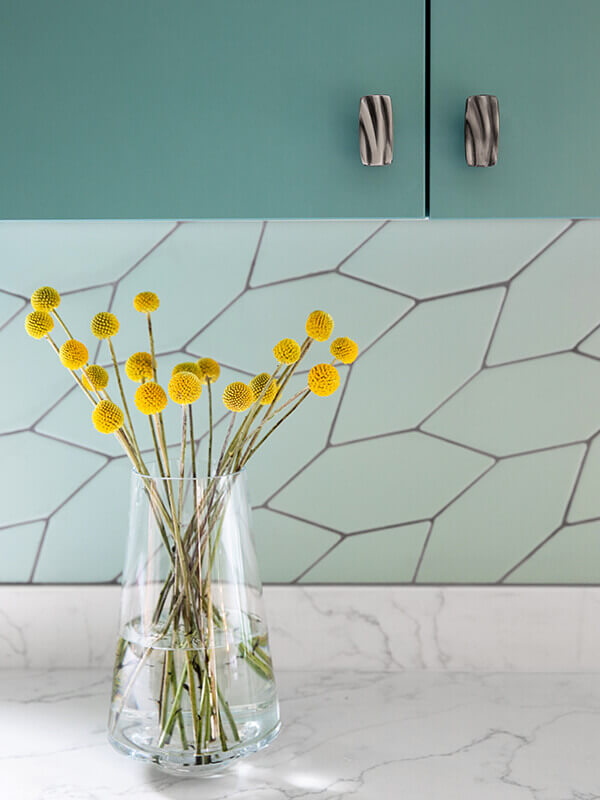
Modern design is often used interchangeably with contemporary design to describe what is current, however there are several differences between the two. Modern refers to the mid-twentieth century time period that precedes contemporary, heavily influenced by Scandinavian and Bauhaus design. Many people think modern is cold and sterile, however true modernism is what most people typically picture as mid-century modern.
Modern is generally defined by earthy tones, natural materials like leather, stone and warm woods (think teak, rosewood, and walnut) accented by pops of bright colors like flamingo pink, chartreuse and turquoise (like in the photo above). This style became popular in America as a cool, minimalistic alternative to the baroque styles of the past.
You might be more familiar with the furniture styles that came out of this period that are still popular today. The Eames chair is a classic example as well as walnut storage cabinets and tables defined by their boxy silhouettes and outward angled legs.
Contemporary
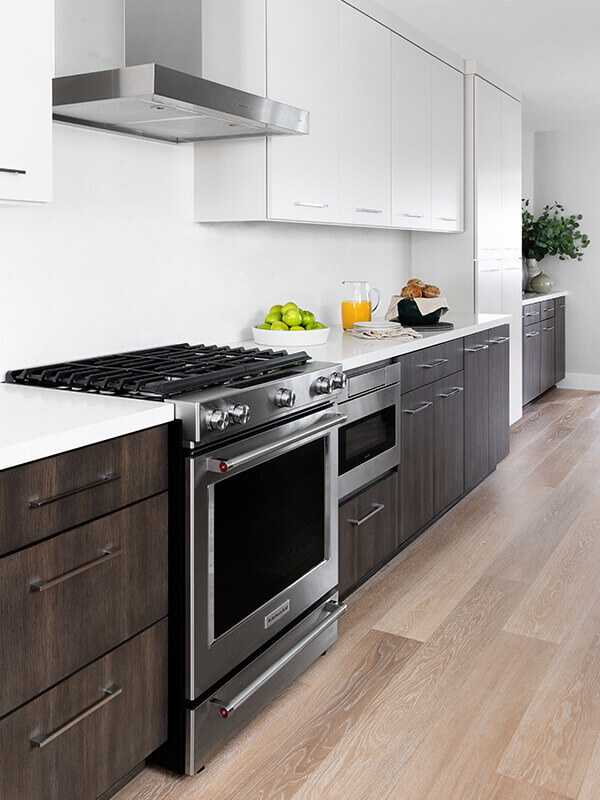
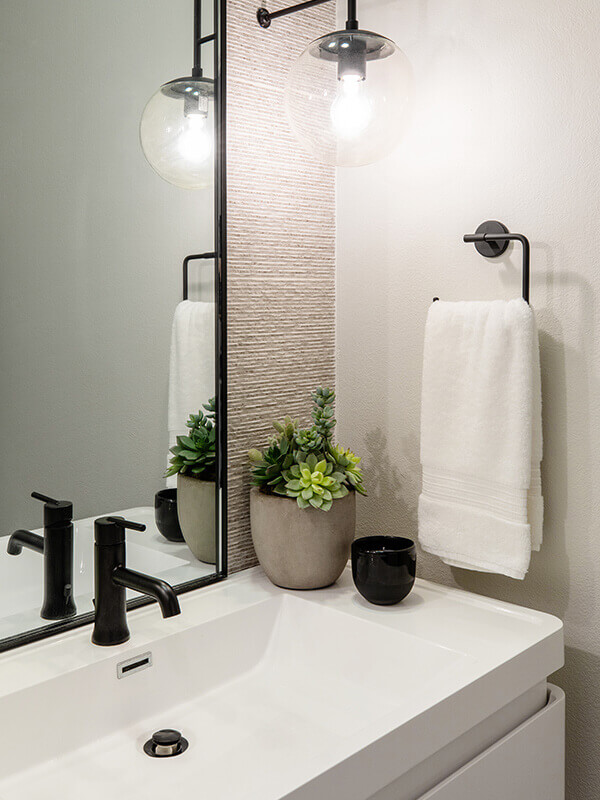
Paradoxically, contemporary design isn’t tied to a specific time period. It continually evolves to echo the popular styles of current day design. It can incorporate elements from other periods and styles without pinpointing to any one over the other. Even though contemporary design is more fluid, there are some qualities that help define the style. Neutral colors, clean and sleek silhouettes, and an overall minimalistic approach to decor are some of the more obvious attributes.
In contrast to modern design, contemporary doesn’t often incorporate bright colors. Warm, neutral tones dominate this style. With the limited color palette, textures become more important, especially when it comes to upholstery. When it comes to metals, chrome and nickel are popular choices to align with this minimalist style.
Traditional

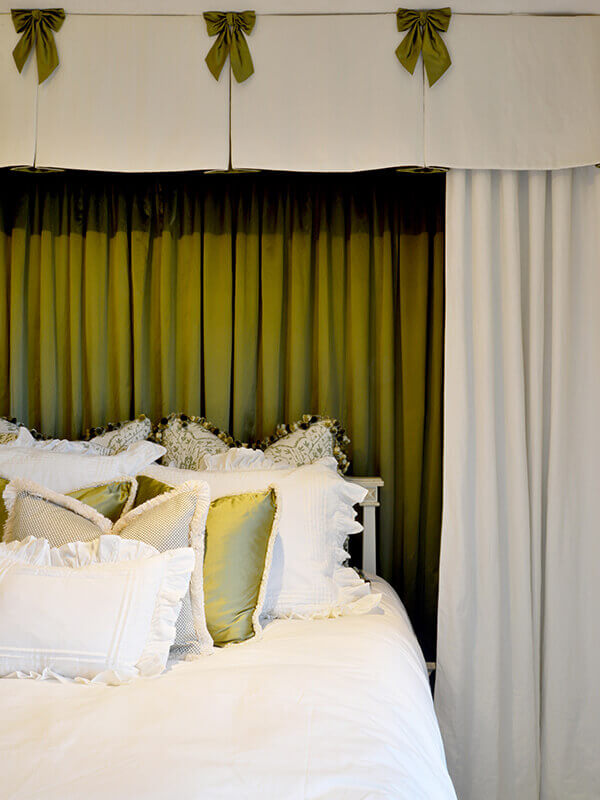
Traditional interior design is a broad style. It can encompass or be incorporated into various other styles. It draws a lot of inspiration from the classic and timeless forms from the past – mainly the 18th and 19th centuries with a heavy influence from England. You’ll often find rich colors, patterned textiles, and ornate details in a traditional home.
Stacked crown molding, wall paneling, cabriole legs and tufted upholstery are common elements of traditional design. When it comes to fabrics, you’ll find damask, plaid, and embroidery among the top choices.
Spanish/Moorish/Central & South American Design
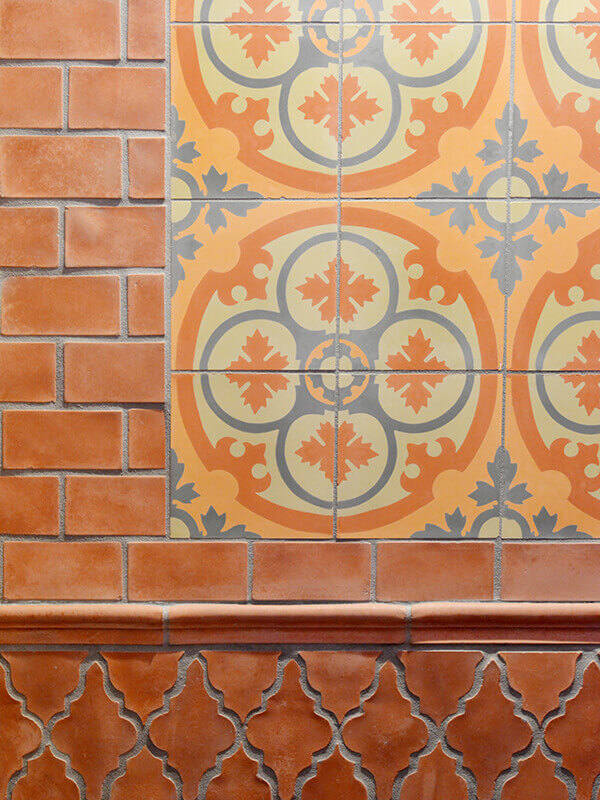
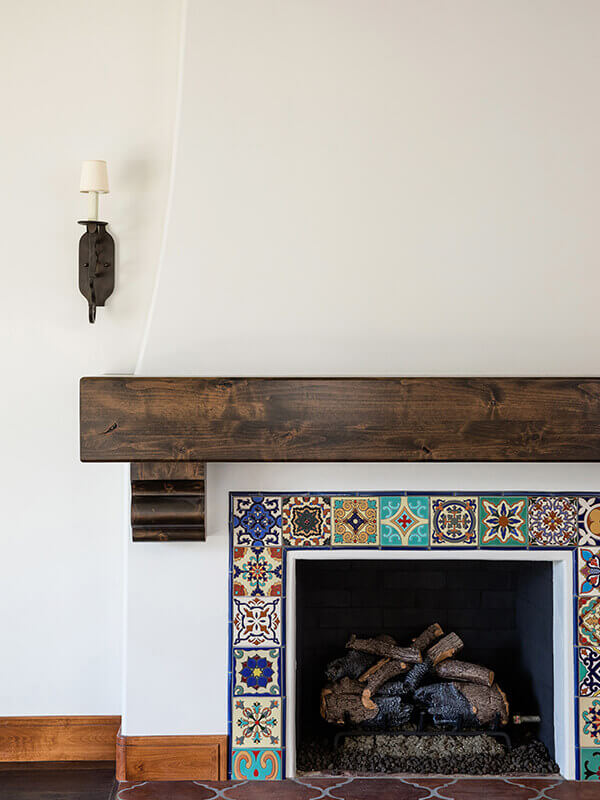
These genres often share a lot of the same sentiments with traditional design such as ornate architectural features, furniture and textiles inspired by previous time periods. It’s rare to fully classify a home as Spanish, Mexican, Moorish, or Morrocan because so many of the same motifs, patterns, colors and shapes can be found in all of these styles. Authentic Mexican design (depending on which Mexican region) showcases typically terracotta and talavera tiles, often with brighter colors and mixed patterns. Depending on the region of Spain, Moorish influence can be found largely in the use of the arabesque patterns and specific arches. Spanish and Mexican design often get categorized together because they can look quite similar but are actually vastly set apart as their own aesthetic. The rest of Central and South American have a broad array of design, but in most cases, you can still expect to see a heavy use of terracotta, bright colors, quatrefoil, arabesque and similar shapes.
In almost all of these influences, ornate wood carvings are common, along the use of wrought iron, oil rubbed bronze finishes, plaster and stucco walls.
Coastal
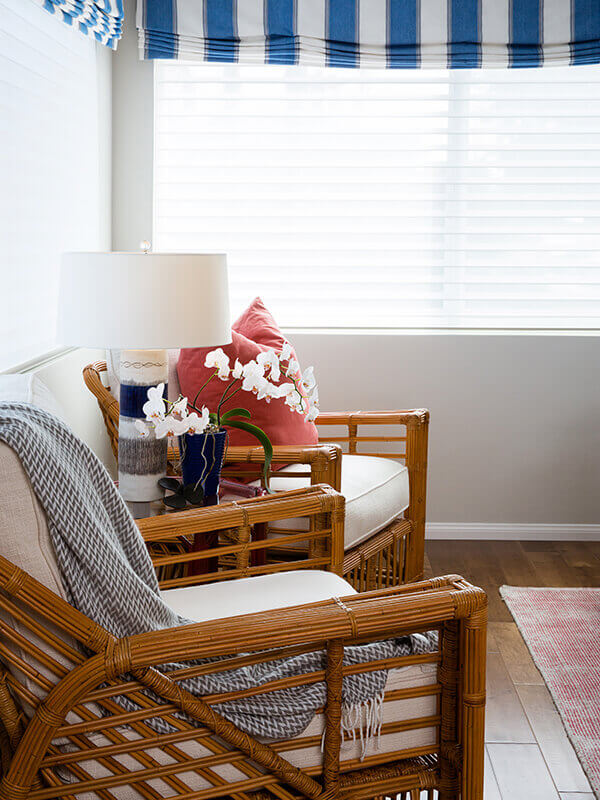
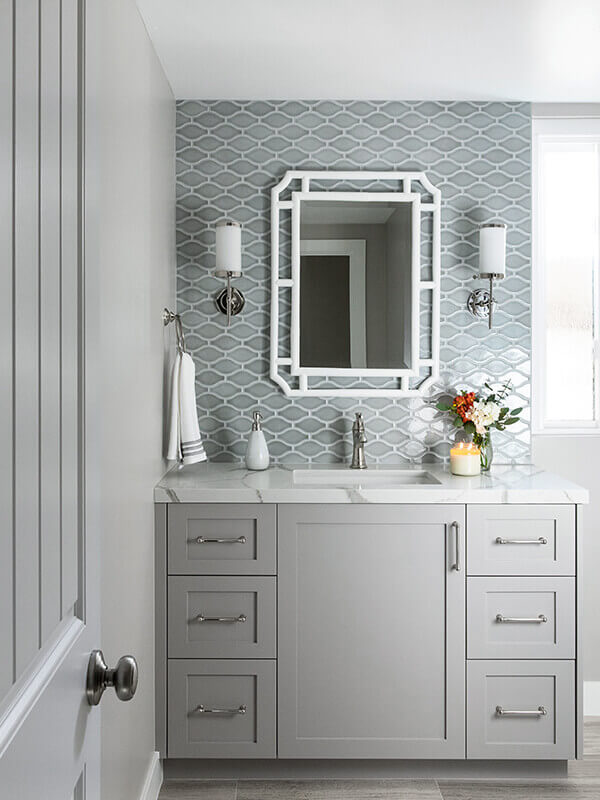
Coastal design is a very popular style in Southern California. It is most certainly defined by the use of white and blue with an overall light and bright feeling. While coastal it’s uniquely its own, it can sometimes incorporate elements from other styles to evoke that soothing ambience.
Drawing from contemporary design, the foundation of the coastal aesthetic is a neutral color pallet. Then blue hues and other accented colors are layered on top. In contrast to traditional and Spanish style design, coastal design often calls for materials like rattan, wicker, linen, and cotton to create that airy feeling.
With all of these genres of design, each one can be blended with the other. There are no rules when it comes to choosing your style. You can go for spanish coastal, or mix traditional with modern – the options are endless.



